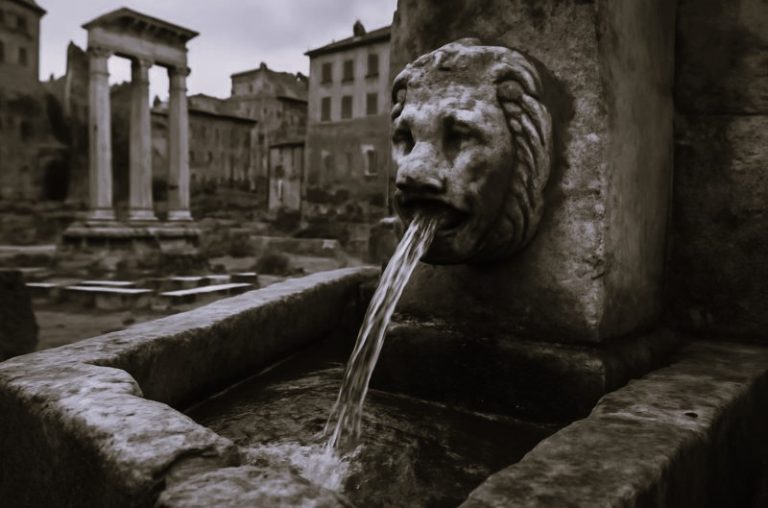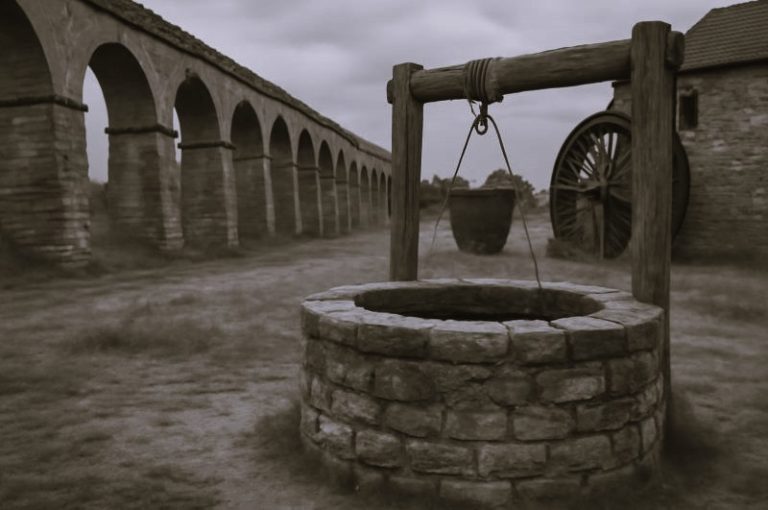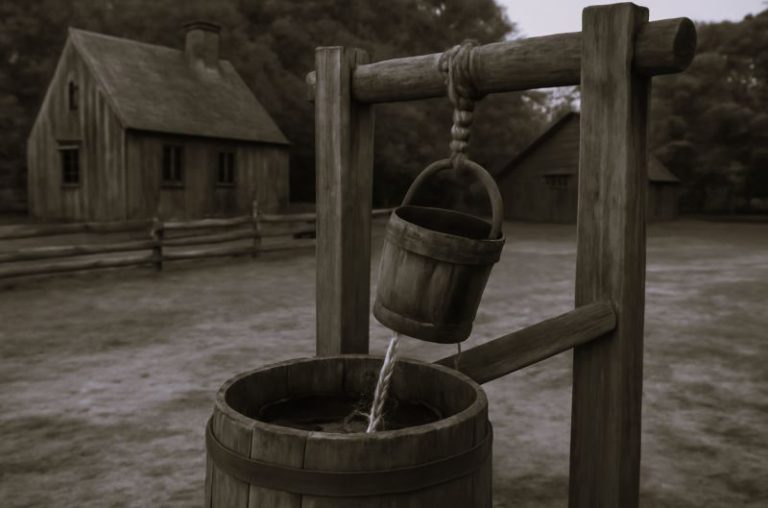

Sex, gender, and relationships were viewed very differently in the ancient world across cultures.
Introduction
This gallery explores the expression of same-sex love in the ancient Mediterranean through art. The Mediterranean was home to many cultures and societies, each with differing views on gender, sex, and relationships. Art was used to celebrate cultural ideals of love and desire or to subvert social norms.
Every culture represented in this gallery visualized love in its own way and had unique expectations of ideal relationships. Some cultures, like the Greeks, Etruscans, and Romans, used similar imagery to convey the dynamics of desire.
Mastaba of Niankhkhnum and Khnumhotep

Same-sex love and desire are infrequently depicted in ancient Egyptian art, although Egypt did not have any prohibitions against homosexuality. A rare example is the tomb of Khnumhotep and Niankhkhnum, two men who have been speculated to be a couple. In art from their shared tomb, Niankhkhnum and Khnumhotep were depicted in a manner consistent with married couples in Egyptian art. Affectionate scenes from the tomb, like this wall painting, may be some of the oldest surviving depictions of a same-sex couple. Late 25th century BCE. Saqqara, Egypt.
Statue of Idet and Ruiu

Statue of Idet & Ruiu, two women who have been identified as possibly mother and daughter, sisters, or a same-sex couple. Idet is given priority by the artist who placed her on the right, and is given the title “Lady of the House”. Limestone. New Kingdom, 18th Dynasty, 1480-1390 BCE. From the Theban necropolis, Egypt.
Detail of Peithinos Cup

Detail of a red-figure cup by the painter Peithinos. The cup shows an array of couples, including this male couple. Made in Vulci, Italy c. 500 BCE.
Kylix with Symposium Scene

Red-figure kylix depicting male figures relaxing on a sofa during a symposium. Attributed to the Pistoxenos Painter. c. 480-470 BCE.
Kylix with Men Courting Youths

Red-figure kylix depicting same sex courtship. The men offer gifts such as flowers and wreaths to indifferent youths. Attributed to the Douris Painter, c. 480 BCE.
Greek Courtship Scene

A courtship scene depicting a Greek man giving a pet hare to his beloved as a gift. Red-figure vase painting. Tame hares and rabbits were often given as gifts during courtships, as a token of affection. Attributed to “The Kleophrades Painter”. Produced in Attica, c. 480 BCE. Found in Cerveteri, Italy.
Kylix with Three Pairs

Red-figure kylix depicting three pairs of individuals; two men, two women, and a man and woman. The three pairs may represent couples engaged in acts of courtship, such as gift-giving. However, the scene is not precisely defined. Attic, made c. 470 BCE. Attributed to Douris the Painter.
Polychrome Plate from Thera

Polychrome plate depicting two women exchanging wreaths, the woman on the right grasps the other’s chin. Made in Thera, Greece, c. 620 BCE.
Lekythos of Two Women Sharing a Mantle

A black-figure lekythos (oil flask) depicting two women sharing a cloak and gazing at each other. The imagery carries an erotic component, due to the connotations of gazing and cloak-sharing in Greek art. Attributed to the Pharos Painter, c. 550 BCE. Athens.
Musical Scene on a Bell Krater

A relaxed scene from a krater (wine-mixing vessel). Ttwo women listen while a third plays the lyre. Attributed to the Danaë Painter, c. 460 BCE. Attica, Greece.
Lovers Fresco from the Tomb of the Chariots

A drawing of an Etruscan fresco depicting two male lovers next to a bearded man. From the Tomb of the Chariots in Tarquinia, Italy.
Symposium Scene, Tomb of the Diver

Detail of a painting from the limestone walls of the Tomb of the Diver. The tomb and its artwork is associated with Classical Greek culture which flourished in Magna Graecia during antiquity. From the North Wall of the Tomb of the Diver in Paestum, Italy. c. 480-470 BCE.
Kylix with a Bathing Scene

Red-figure kylix depicting youths at the baths in a homoerotic scene. Attributed to the Codris Painter, c. 430 BCE. Attica, Greece.
Kylix with Women Bathing

Red-figure terracotta kylix cup depicting two women setting aside their garments in preparation for bathing. Attic, made c. 470 BCE. Attributed to Douris the Painter.
Red-Figure Toilette Scene

A red-figure kylix depicting two women in an intimate setting. The kneeling woman may be grooming the other woman or anointing her with oil or perfume. It has been suggested that the kylix may depict two women preparing themselves in the toilet, or it may be depict intimacy. Attributed to the painter Apollodorus, c. 490-480 BCE.
Detail from the Warren Cup

Detail of the Warren Cup, a Roman silver vessel depicting two same-sex male couples. c. 1st Century CE. Possibly from Battir, Israel.
The Braschi Antinous

The colossal statue of Antinous, favourite of Roman Emperor Hadrian, who drowned in the Nile in 130 CE and was officially made a god by the emperor. Excavated from the site of Hadrian’s villa.
Tondo of the Two Brothers

The so-called “Tondo of the Two Brothers” is a mummy portrait of two men from Fayum, Egypt. Although traditionally assumed to be brothers, recent scholarship has suggested that they may have in fact been lovers. Tempura on wood panel. 2nd Century CE, Roman Egypt.
Roman Erotic Oil Lamp

A Roman terracotta oil lamp depicting an erotic scene between two women. From Anatolia. c. 1st Century BCE.
Erotic Fresco from the Suburban Baths, Pompeii

This erotic fresco from the Suburban Baths at Pompeii depicts two women. 1st century CE.
Zeus and Ganymede

A red-figure kylix depicting Zeus abducting the youth Ganymede. Attributed to the Penthesilea Painter. Athens, c. 475-425 BCE.
Pan Teaching Daphnis

A Roman copy of an original by Heliodoros; Palazzo Altemps in Rome, Italy.
Achilles Tending to Patroclus

Red-figure kylix depicting the hero Achilles tending to the wounds of Patroclus, who was wounded by an arrow. Attributed to the Sosias Painter. c. 500 BCE. Vulci, Italy.
Originally published by the World History Encyclopedia, 06.08.2021, under a Creative Commons: Attribution-NonCommercial-ShareAlike 3.0 Unported license.






